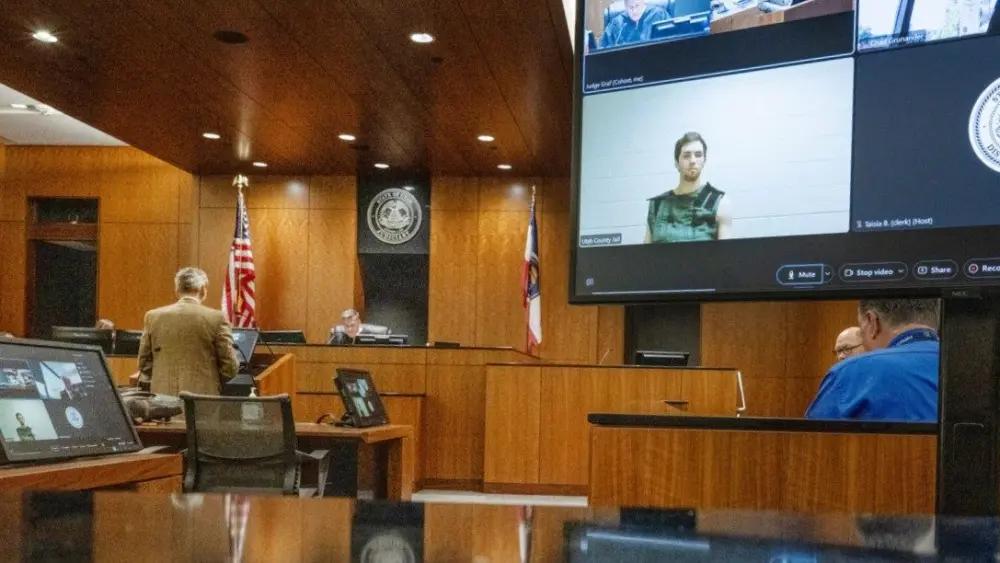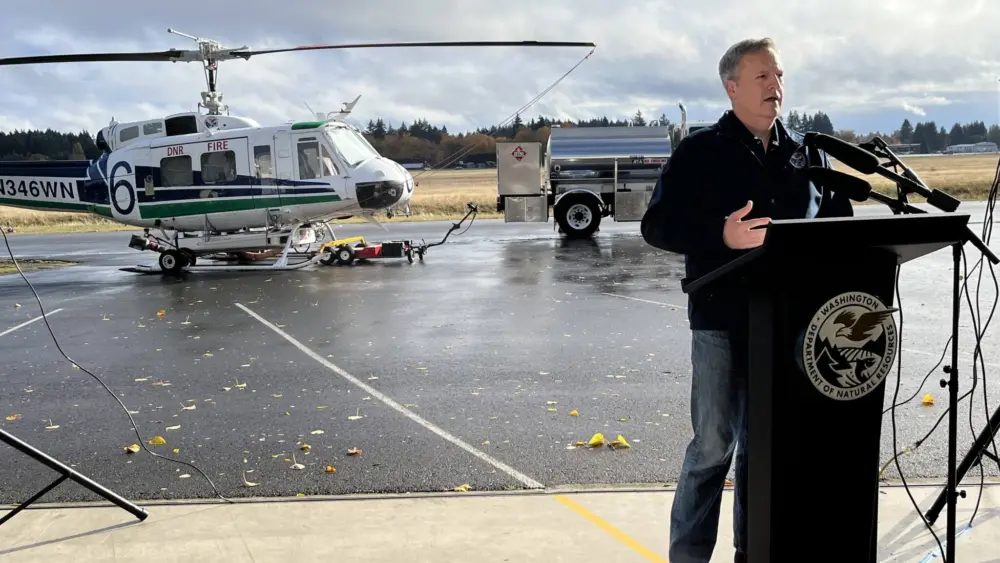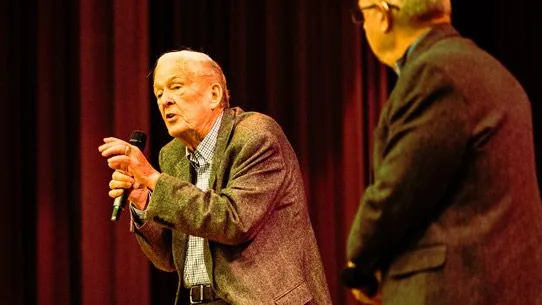Originally posted on IdahoEdNews.org on July 4, 2025
AMERICAN FALLS, ID. – 17,000 of Idaho’s youth in 42 counties and three tribal locations participate in 4-H. Many of them you’ll see at the fair this year, showcasing and selling animals they’ve taken care of for months.
Now, students in grades 7-12 can earn credits from their local school for these and other out-of-school activities through the online program, “Learn Everywhere with 4-H.”
Students in 4-H work on projects ranging from animal science—like breeding and showing animals—to STEM projects in robotics and computers, as well as government projects in civic engagement.
Approved by the legislature in 2021, Idaho will be the first state in 4-H’s century-long history to offer local school credit for projects like these.
Educators from the University of Idaho, the state’s “land-grant” university, developed the “Learn Everywhere with 4-H” courses, aligning them with Idaho Content Standards and college and career readiness competencies.
Program coordinator Jessica Newton says one of the best parts of the new program is that it capitalizes on things students are already doing.
“The students get a lot of say in their projects. They come up with what they want to learn more about, and [we] give them the opportunity to take it even further by making it credit-worthy.”
Launched this summer, the online program offers several different animal science courses along with a government course. Currently, about five students from different counties around the state are taking these courses for credit at their local schools. But educators plan to expand much further.
“We’re working towards building a sustainable program, and making sure that this is going to be available for a long time,” explained Claire Sponseller, faculty member with 4-H. This will be helped by their three-year, $761,000 grant from the Idaho Workforce Development Council.
Christie Evans, a program coordinator for Idaho’s central and eastern districts, has been a member of 4-H since age nine. “I was told that I was clipping a lamb at the age of five — probably not with permission,” she joked.
Evans calls the new program a way to “honor [students] for all their hard work with credits.”
Sponseller highlighted 4-H’s benefits for youth, including the marketable skills that help them in future careers.
“I mean, how many young individuals do you know that go up to another older adult and know how to converse with them, look them in the eye, have a strong handshake? A lot of our youth do that on a regular basis to market the project they’ve worked hard on.”
Program coordinators say their biggest challenge has been communicating the opportunity to existing 4-H families, other students, and school districts.
Local 4-H leaders at county extension offices will help students coordinate coursework. Enrolled 4-H members will pay $125 per credit, while new members will pay $140. Financial assistance for these fees may be available in the future.
For details, check out the Learn Everywhere with 4-H website or fill out this form.





